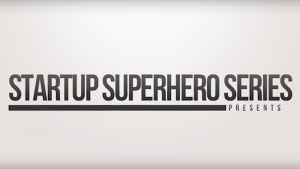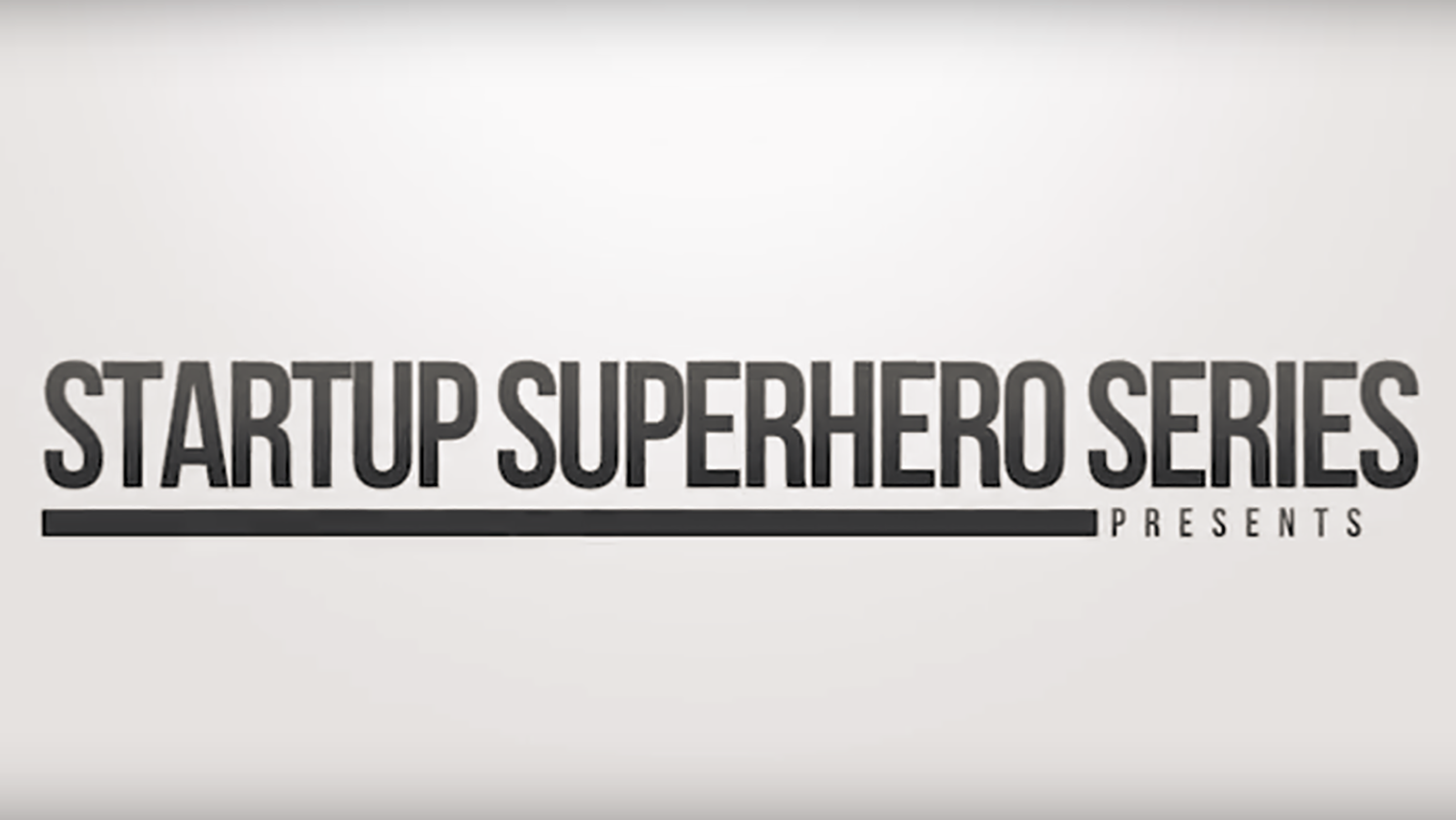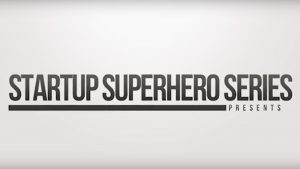Stubbs Aderton & Markil es and the Preccelerator Program are proud to announce the launch of their Startup Superhero Video Series – featuring SA&M Attorneys, Preccelerator Mentors, and entrepreneurs on topics specific to entrepreneurship and lessons learned throughout the journey.
es and the Preccelerator Program are proud to announce the launch of their Startup Superhero Video Series – featuring SA&M Attorneys, Preccelerator Mentors, and entrepreneurs on topics specific to entrepreneurship and lessons learned throughout the journey.
This week we’re featuring Stubbs Alderton & Markiles attorney Marc Kenny on “Selling Your Business.”
Marc Kenny is a partner at Stubbs Alderton & Markiles, LLP. Marc’s practice focuses on mergers and acquisitions, joint ventures, private securities offerings, cross-border transactions, and other strategic transactions representing private equity funds, independent sponsors, family offices as well as public and private corporations.
_____________________
Speaker: Marc Kenny
Moderator: Heidi Hubbeling
Heidi: Talk to me a little bit about your background, how you got to be in mergers and acquisitions and private equity. Also, how you came to be with the firm.
Marc: Sure, I have been practicing for a little over twenty years, specializing in mergers and acquisitions, representing private equity funds, financial sponsors, family offices, corporate strategic and a range of transactions, both here in LA, London and in Silicon Valley. I came to the firm recently after working at another large firm over the years.
Heidi: One of the things we are going to talk about today is with mergers and acquisitions on the seller side, we are going to talk about the ins and outs of that. What are some of the preliminary considerations that a business needs to think about when they go to sell their business.
Marc: I usually start when I meet with an owner who’s interested in selling. I usually start with a series of questions to understand a little more about how they are approaching the process. I ask them “why are you interested in selling?” “Do you intend to stay with the business after the sale?” “Can the business operate efficiently without you? If not, why not?” “What gaps do you have in managing the team?” “Are there family members or members of the management team who want to continue in the business after the sale?” On the operational side I also ask them, the financial history of the firm over the past 3-5 years of what their growth prospects are going forward. If there is customer concentration, I ask them about that. If they are in a regulated space I ask them regulatory issues they have had over the past few years. Going forward, what kind of regulatory issues they see having in their horizon.
Heidi: It’s a complicated process, a lot of people don’t quite understand. It’s not like selling personal property or your home. Can a business do this alone? Or do they need a team to back them up?
Marc: Yes, selling your company is a process that is complicated and intense – I often say it’s a marathon that feels like a sprint. The challenge for a business owner is to run an effective sales process and at the same time managing its business. Don’t jeopardize the business because you have been distracted on the sales process. A way for them to do that is two things: one is they have to assemble an internal team at the company – a small group that you can rely on and have confidence in to work with you on the sales process and at the same time. The goal is for you to keep running your business. The better your business grows during this process the more leverage you have with the buyers. In order to do that, you have to hire outside business advisors. Particularly, outside advisors that have done lots of M&A transactions. Second, you’d be well advised to hire external advisors who regularly work on M&A transactions. You need an investment banker, accounting firm, wealth management advisor. For all involved in a sale, it’s important to seek the advice of a wealth management advisor, investment banker – not only will a great banker get you in front of the right prospective buyers (strategic or financial), they’ll also be able to create a story that corresponds with your historical financial performance with your potential for future growth. And then law firms again, you may have used law firms for real estate, company contracts, but you need to have lawyers who are adept in M&A transactions.
Heidi: Internally what should these businesses do to prepare themselves. Both the owners as well as the team to prepare themselves for this kind of transaction.
Marc: The goal is to become “transaction ready” before engaging with the buyers. By “transaction ready” I mean you have looked both at the good, the bad, the ugly with your business. You should be very honest with yourself about the business, as financial, then as legal, etc. Really the reason for that is if you provide accurate information, to position correctly with your buyer, you will increase the confidence with your prospective buyers and increase the value of your company. We recommend “sell side” due diligence to basically start as if you were the buyer and you start with your management team and the external counsel or advisors, you start going through the due diligence list. Make sure that all the intellectual property in the business you own, that material customers contracts are all in order and they are not due to be terminated soon, that all regulatory issues have been resolved, confirm you have proper documentation for all stock issuances and equity grants. Again, it is a very exhausting process and that is the reason why you need to have external advisors to help you through the process to help you focus on your business.
_____________________
To learn more about the Preccelerator Program, contact Heidi Hubbeling at hhubbeling@stubbsalderton.com

 derton & Markiles and the Preccelerator Program are proud to announce the launch of their Startup Superhero Video Series – featuring SA&M Attorneys, Preccelerator Mentors, and entrepreneurs on topics specific to entrepreneurship and lessons learned throughout the journey.
derton & Markiles and the Preccelerator Program are proud to announce the launch of their Startup Superhero Video Series – featuring SA&M Attorneys, Preccelerator Mentors, and entrepreneurs on topics specific to entrepreneurship and lessons learned throughout the journey.